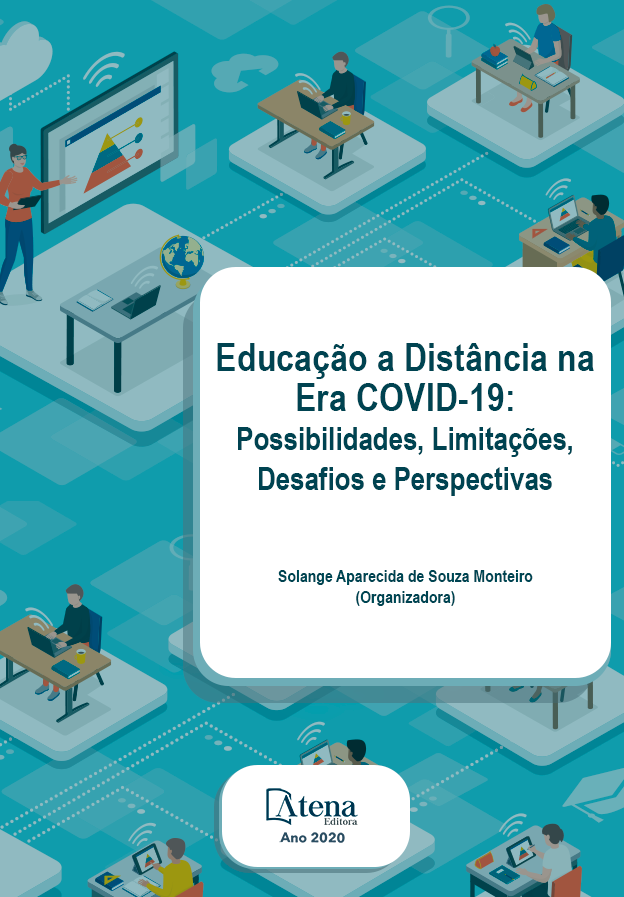
Aprender en tiempos de COVID-19: un gran desafío
Debido a la Pandemia por Covid-19, alrededor de mil quinientos millones de estudiantes matriculados en educación primaria, secundaria y terciaria, estarían vivenciando las consecuencias del cese temporal de actividades de docencia presencial, fenómeno que habría afectado a un 72% del estudiantado a nivel mundial. De este modo, la labor tradicional de la institución educativa tantas veces criticada en las últimas décadas, hoy se extraña, se valora o al menos se re-significa luego del aludido cierre total o parcial de centros educativos y el consecuente confinamiento domiciliario adoptado por diferentes países, medidas que, si bien resultan necesarias para hacer frente a la pandemia, complejizan el panorama mundial de la educación.
Los gobiernos y las instituciones terciarias de todo el mundo están poniendo en marcha diversas iniciativas políticas para continuar las actividades de enseñanza con una medida para contener el virus. No obstante, se presenta la ambigüedad y desacuerdo en la forma de cómo enseñar, la carga de trabajo de los profesores y los estudiantes, el entorno de la enseñanza y las implicaciones para la equidad en la educación . Pero no solo las cosas técnicas eran las grandes preocupaciones o desafios de las Insitituciones, existen preguntas que se realizaban, y que hoy en tiempos de pandemia tomaban un rol fundamental ¿Qué tiene que aprender mis estudiantes?, ¿lo puedo hacer remotamente?, ¿puedo hacer las misma clase que hacia presencial en forma remota?. Las respuestas no son fáciles de responder para cualquier insititución pero sobre todo cuando la Insitución de Educación Superior tiene un modelo educativo tradicional, basado en la Universidad de Humbolt, donde el aprendizaje no era mirado desde un punto de vista significativo ni menos en al desarrollo de habilidades y el autoaprendizaje, donde La propuesta defendida tiene la intención de superar las prácticas educativas fragmentadas, técnicas y anticuadas .. Según la Organización Mundial de la Salud hay 23,752,965 casos confirmados de COVID-19 en el mundo, con 815,038 muertes confirmadas y lestos son los 10 países más afectados por el virus hasta el 27 de Agosto de 2020.
Los administradores de la educación saben que la tecnología nunca es neutral y que cualquier cambio tiene cierta resistencia y contención. Las protestas y disensiones indebidas durante COVID-19, en relación con la decisión de usar «online» o «blended learning» se ha convertido en algo político y está muy politizado. Se han hecho afirmaciones extremas, como que una modalidad es mejor que otra .
Los estudiantes de hoy en día son conocidos por muchos nombres, como nativos digitales, milenarios, generación de red y generación digital. Su entrada en el mundo se produjo en un momento en que la expansión tecnológica era omnipresente y ampliamente adoptada en todo el mundo.
La preparación del personal y de los estudiantes debe ser entendida y apoyada en consecuencia.
Además, el requisito de la pandemia y el distanciamiento social de COVID-19 ha planteado dificultades indebidas a todos los interesados para conectarse a Internet, ya que tienen que trabajar en una situación de limitación de tiempo y recursos.
Aprender en tiempos de COVID-19: un gran desafío
-
DOI: 10.22533/at.ed.0582001125
-
Palavras-chave: Aprendizaje, TIC, COVID-19
-
Keywords: Learning, TIC, COVID-19
-
Abstract:
Due to the Pandemic by Covid-19, about one and a half billion students enrolled in primary, secondary and tertiary education, would be experiencing the consequences of the temporary cessation of classroom activities, a phenomenon that would have affected 72% of students worldwide. In this way, the traditional work of the educational institution, so often criticized in recent decades, is now being missed, valued or at least re-signified after the aforementioned total or partial closure of educational centers and the consequent home confinement adopted by different countries, measures that, although necessary to deal with the pandemic, make the global panorama of education more complex.Governments and tertiary institutions around the world are undertaking a variety of policy initiatives to continue education activities with a view to containing the virus. However, there is ambiguity and disagreement about how to teach, the workload of teachers and students, the teaching environment, and the implications for equity in education. But it is not only technical things that were the great concerns or challenges of the institutions, there are questions that were asked, and that today in times of pandemic took a fundamental role. What do my students have to learn, can I do it remotely, can I do the same classes that I did remotely in the classroom? The answers are not easy to answer for any institution, but especially when the Higher Education Institution has a traditional educational model, based on the University of Humboldt, where learning was not looked at from a significant point of view, nor less in the development of skills and self-learning, where the defended proposal intends to overcome the fragmented, technical and outdated educational practices.According to the World Health Organization, there are 23,752,965 confirmed cases of IDOC-19 in the world, with 815,038 confirmed deaths and the 10 countries most affected by the virus as of August 27, 2020. Education administrators know that technology is never neutral and that any change has some resistance and containment. Undue protest and dissent during COVID-19, regarding the decision to use "online" or "blended learning" has become political and highly politicized. Extreme claims have been made that one mode is better than another. Today's students are known by many names, such as digital natives, millennials, network generation and digital generation. Their entry into the world came at a time when technological expansion was ubiquitous and widely adopted throughout the world.
The preparation of staff and students must be understood and supported accordingly.
In addition, the pandemic requirement and the social distancing of COVID-19 has posed undue difficulties for all stakeholders to connect to the Internet, as they have to work in a situation of limited time and resources.
-
Número de páginas: 12
- Carolina Gajardo Contreras
- Paula Manriquez Novoa
- Paula Macarena Caballero Moyano


